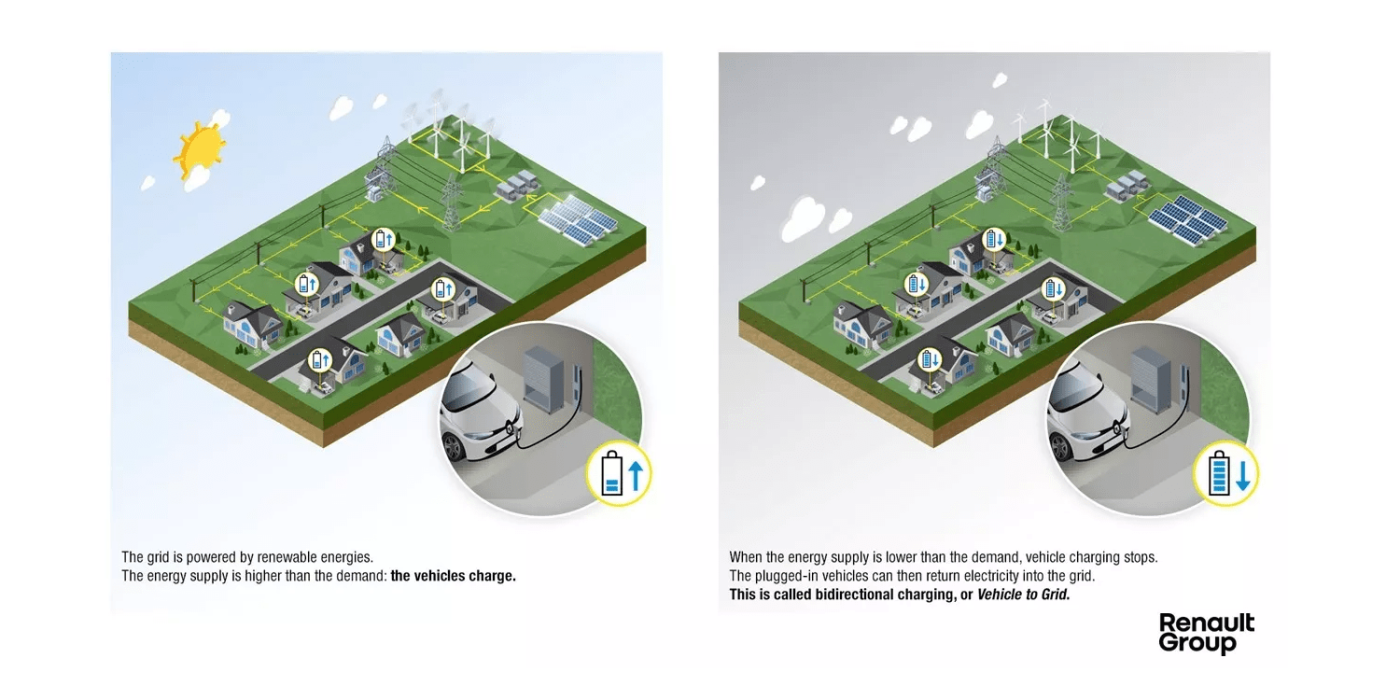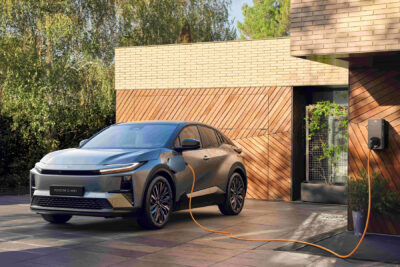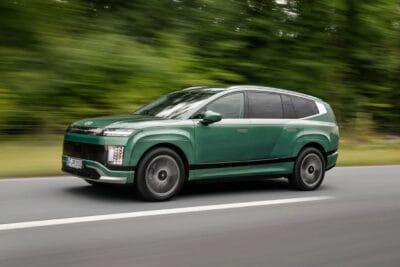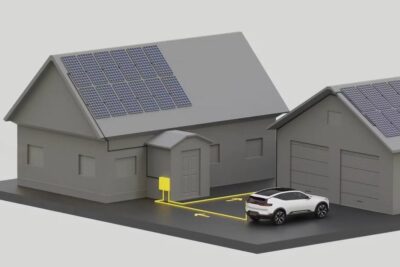Renault & CEA to develop new bidirectional charger
Renault Group and the French Commissariat for Atomic Energy and Alternative Energies CEA are jointly developing a bidirectional charger with very high efficiency for electric vehicles. The new charger is meant to be used in Renault’s production models by the end of the decade.
The new charger should reduce energy losses during charging by 30 per cent. The duo cites a new architecture for the onboard current transformers as a key innovation. These will be upgraded with new materials and integrated into the vehicles’ onboard charger. According to Renault, this results in the high efficiency of the charger capable of feeding power from the vehicle back into the grid. The new power electronics architecture is said to enable a charging power of up to 22 kW in three-phase operation.
The innovative power converter is based on eleven joint patents. The new design is the result of nearly three years of research and is based, among other things, on the use of semiconductor materials such as gallium nitride (GaN) and silicon carbide (SiC). In addition to these active components, Renault says the team also improved the capacitors as well as the wound inductive components. This has resulted in a reduction in the volume and cost of the charger, the automaker reports. Other specific improvements cited include a more compact voltage converter made of ferrite materials and, on the production side, an innovative powder injection molding process.
As a result, the French developers note a 30 per cent reduction in energy losses during voltage conversion and a 30 per cent reduction in heat generation, which in turn should make it easier to cool the system. According to Jean-François Salessy, vice-president of advanced engineering at Renault Group, the joint project with the CEA has exceeded expectations. “This project with the CEA has exceeded our expectations by confirming the ability to achieve the expected performance in terms of efficiency and compactness. It opens up strong prospects for power electronics, which is a real challenge in the electric vehicle, in order to make the best use of the batteries’ capacities.”




